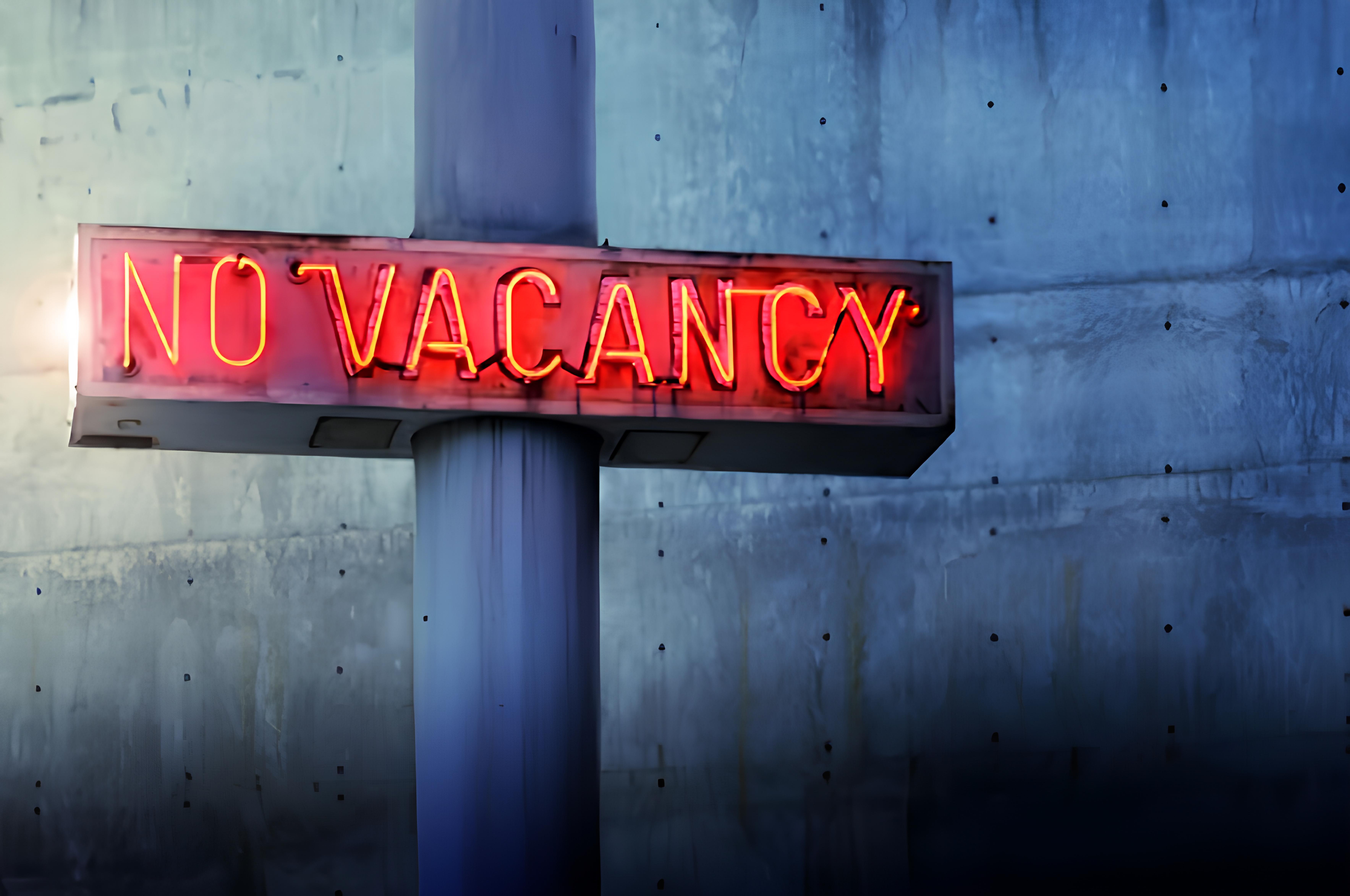
- Resources
- The World Cup Effect: Lessons from Past Tournaments for Hotels
There are large events, and then there’s the world’s event. Every World Cup presents unique opportunities and challenges for hotels. Demand surges, booking patterns shift, and rate pressure intensifies. Yet history shows that not every hotel benefits equally.
Learning from HistoryBy reviewing performance data from the 2014, 2018, and 2022 tournaments, revenue managers can better understand what drives success.
Brazil 2014: High Hopes, Mixed Results
During the 2014 World Cup in Brazil, expectations were sky high. While host cities like Rio de Janeiro and Fortaleza saw strong performance, others, such as São Paulo, experienced a drop in occupancy as corporate travel disappeared. National occupancy in June 2014 declined slightly year over year.
However, average daily rate (ADR) growth was significant, exceeding 50 percent in some cities.
The real story: oversupply and uneven demand. Brazil added thousands of rooms before the event, and the new capacity softened compression. The lesson for revenue managers was clear: success during major events depends less on how many rooms are available and more on how pricing, segmentation, and booking windows are managed.
Russia 2018: Strong Yield, Forecasting Challenges
The 2018 World Cup in Russia delivered a better overall performance. Moscow reported a 10 percent increase in occupancy compared to the previous year and ADR more than doubled. Concentrated match locations, strong inbound tourism, and favorable exchange rates all contributed to the lift.
However, forecasting remained difficult. Demand varied widely depending on which teams played in which cities. Hotels that relied only on static forecasts or seasonal patterns struggled to keep up. The takeaway from 2018 was that forecast flexibility and real-time market response are essential when managing event-driven demand.
Qatar 2022: Rate Growth Over Volume
The 2022 World Cup in Qatar told a different story. National occupancy averaged around 56 percent, which was lower than expected, but ADR soared above $500, and RevPAR reached $283. Luxury properties saw the strongest rate of performance despite occupancy hovering near 50 percent.
The data reinforced a crucial point: mega-events do not always guarantee high occupancy. Profitability comes from optimizing rate, inventory, and segment mix. Hotels that managed length-of-stay controls, minimum-stay restrictions, and channel exposure captured the best returns.
Key Patterns from the Past
Across all three tournaments, several consistent trends emerged that every revenue leader should keep in mind:
- Compression and displacement. Leisure and fan travel grow, but corporate and group businesses often decrease.
- ADR drives performance. Rate growth consistently outpaces occupancy growth, so yield optimization must be the focus.
- Demand peaks vary. Booking surges depend on match schedules, team popularity, and knockout stages rather than on the full event period.
- Location determines the results. Proximity to stadiums and transport hubs matters more than overall national exposure.
- Late booking curves. Most reservations occur upon the reveal of the World Cup pools (in this case, it will be December 5th) and once again closer to the event as teams advance and travel plans finalize.
- Supply pressure. Adding inventory from new hotels or short-term rentals can limit compression benefits.
- Technology is critical. Manual pricing or static systems cannot react quickly enough to unpredictable market shifts.
The overall conclusion is that forecasting for an event of this scale requires precision and speed. Traditional seasonal models do not hold up when demand patterns change daily.
Inventory and Channel Management
The World Cup brings diverse groups of people, from fan groups and media to corporate sponsors and teams. The key is to allocate inventory by segment and optimize channel mix to protect high-yield direct bookings. It helps, and it is key to monitor stay patterns and place restrictions as needed.
Real-Time Market Response
Once the tournament begins, market conditions shift daily. A single match result can change citywide demand overnight. This is where an RMS like HouseCount™ comes in clutch. Its ability to update forecasts in real time and recommend actions immediately, whether adjusting restrictions or fine-tuning rates, makes the difference.
This ability to respond within hours, not days, is where most manual revenue strategies fall short.
Post-Event Analysis
After the event, the system retains all booking and pricing data for review. Revenue managers can evaluate pacing, pickup, and segmentation to refine strategies for future large-scale events.
This creates a foundation for better long-term strategy planning for events that bring with them significant compression and unknowns.
How Hotels Should Prepare Now
For properties located in or near upcoming host cities, preparation should already be underway.
- Identify key match dates and anticipate fan travel patterns.
- Load event calendars into your RMS to build more accurate forecasts.
- Set rate fences, minimum stays, and cancellation rules early.
- Review competitor activity and monitor pace weekly.
- The entire hotel should be working together to find out market data and communicate it with one another.
The most successful properties will be those that manage information, rates, and availability proactively, rather than reacting to market pressure after demand has already surged.
Final Thoughts
The World Cup is a rare opportunity to be part of history and generate revenue as a result of it, but it rewards strategy over luck. Looking back at Brazil, Russia, and Qatar, the consistent winners were hotels that treated the tournament like a data-driven business event, not just a high-demand season.
Using LUXE Pricing, revenue leaders can forecast more accurately, react faster to pick up trends, and protect rate integrity throughout the event cycle. Make sure your strategies and systems are in place so you can achieve your GOAALLLLSSS!
About The Author
Gustavo Agudelo
- Recent Posts


Newsletter Signup
Get Hooked! Sign Up to get the latest catch sent to your inbox.
.jpeg.jpg)